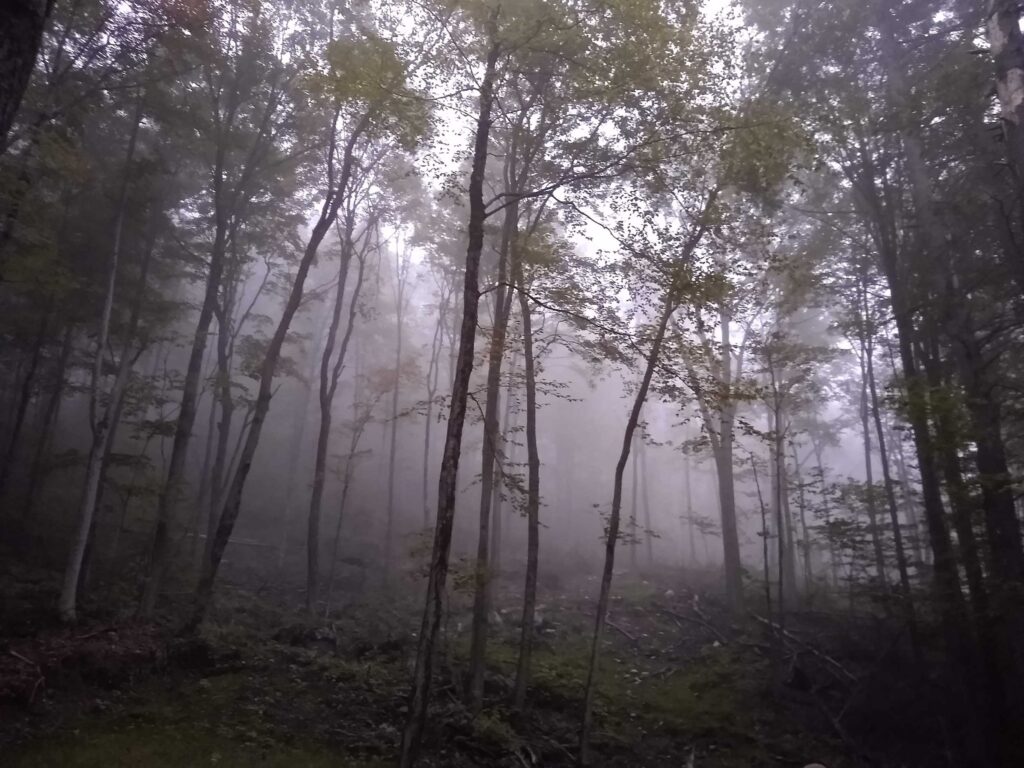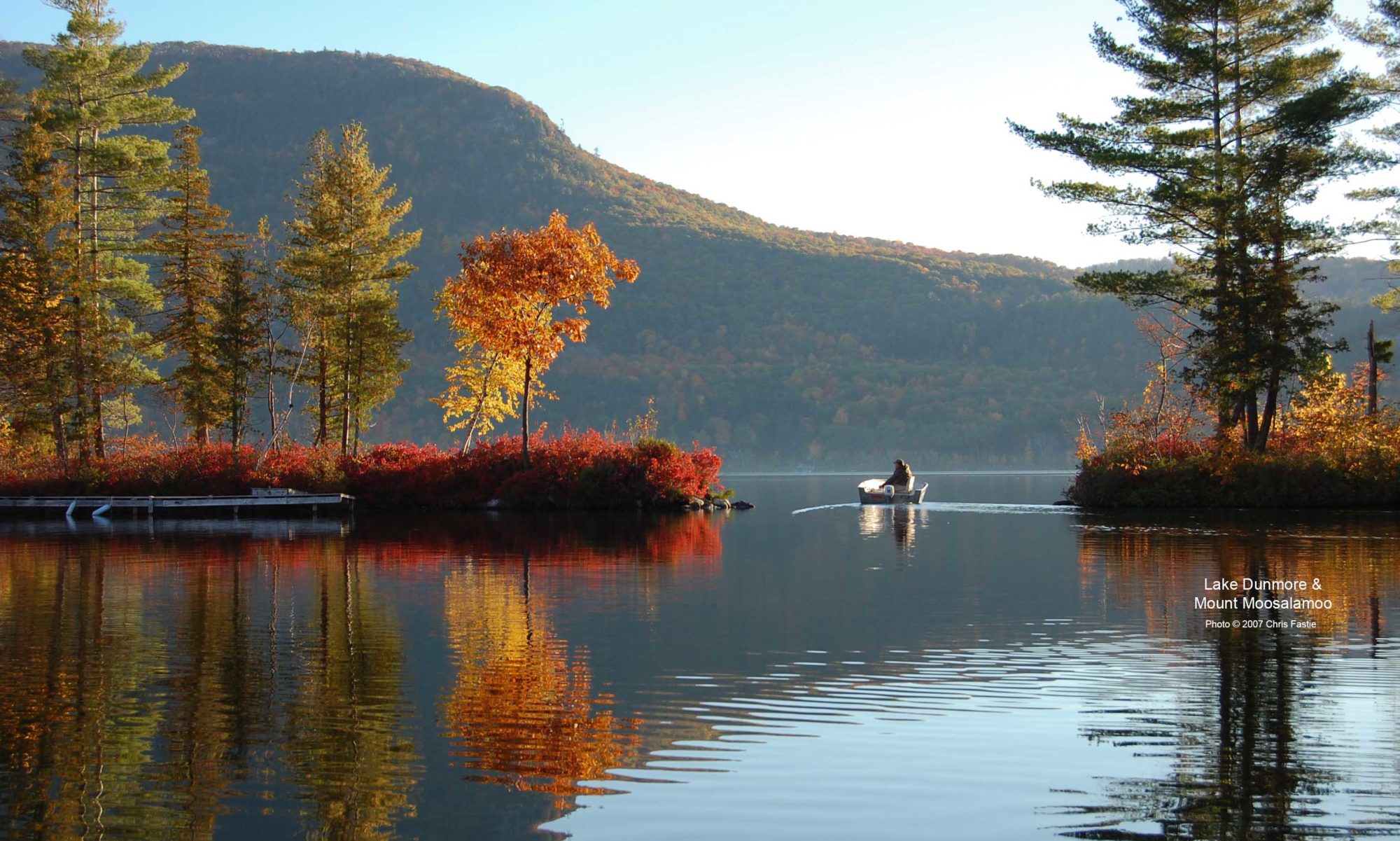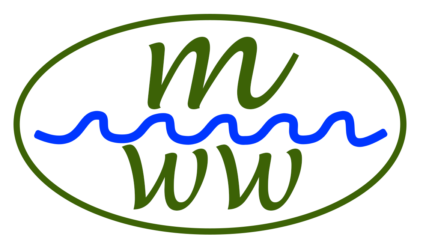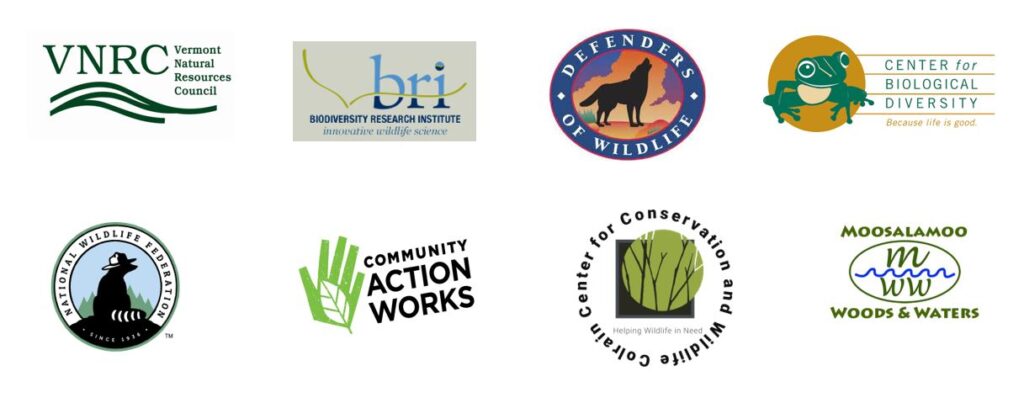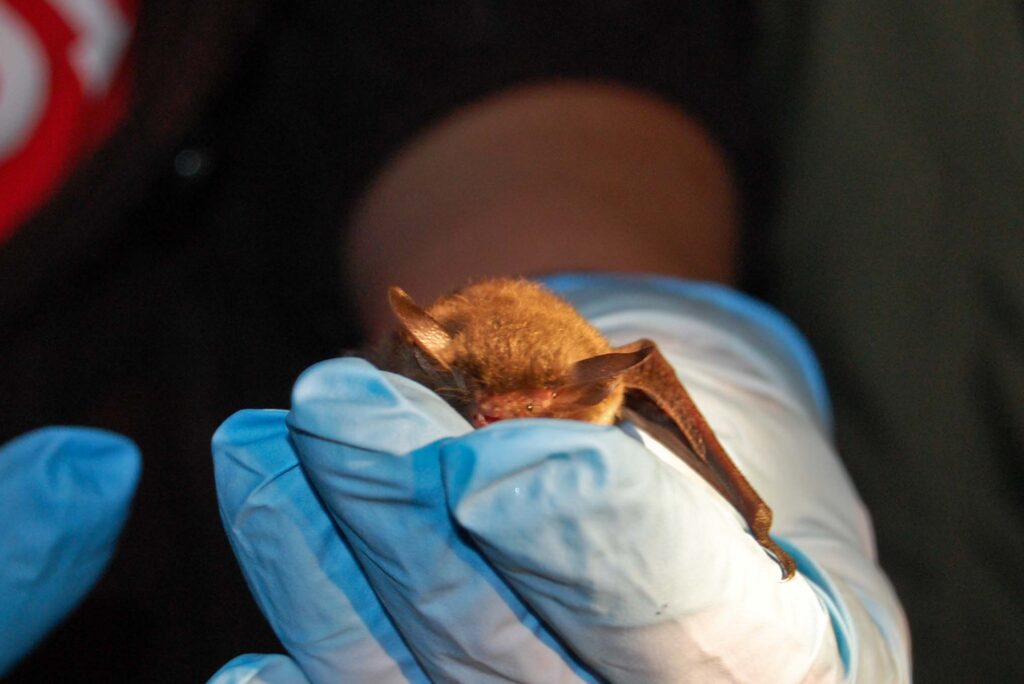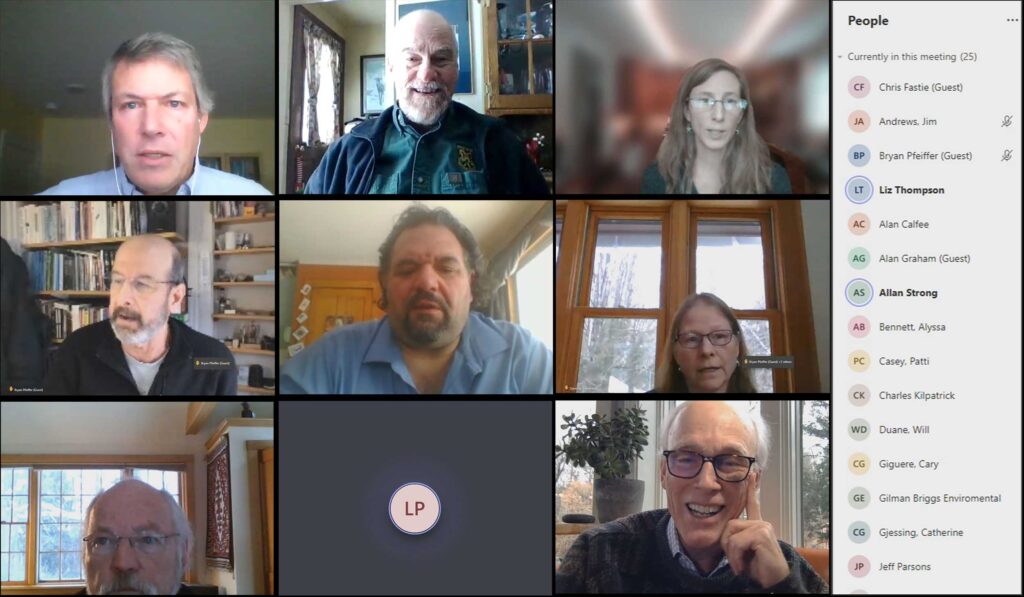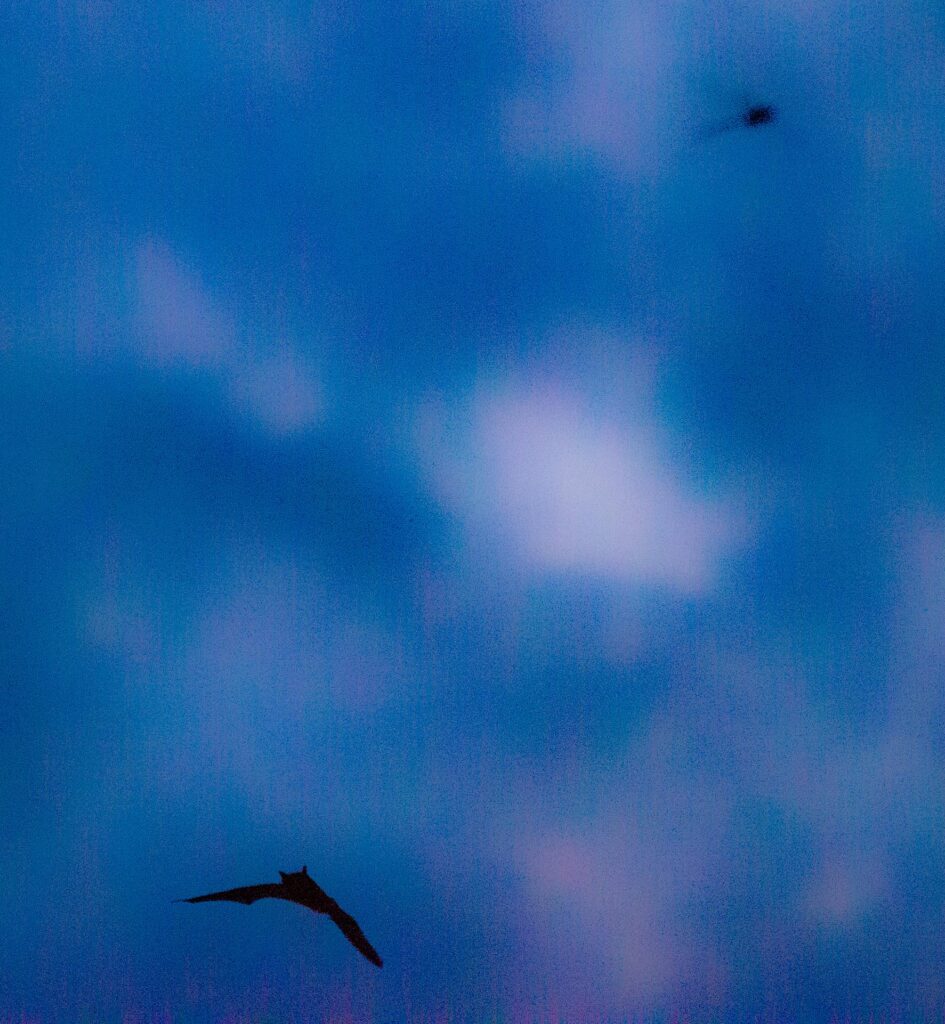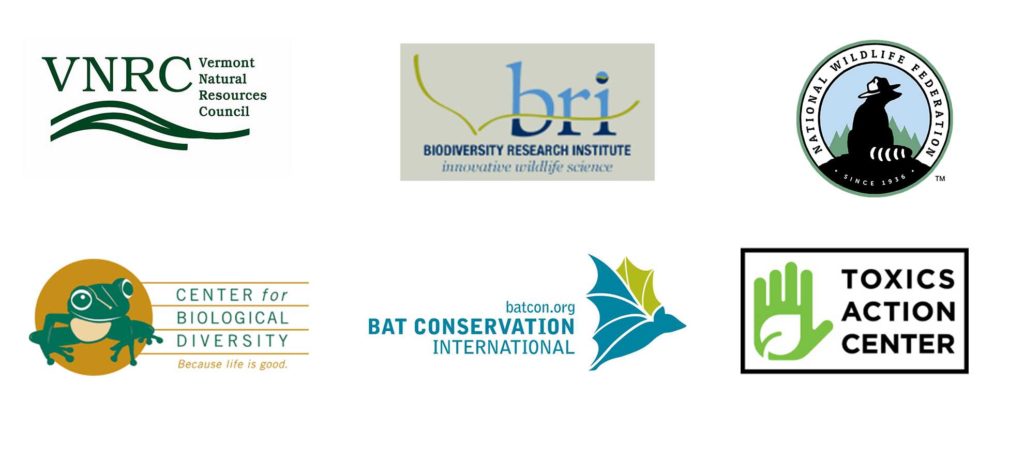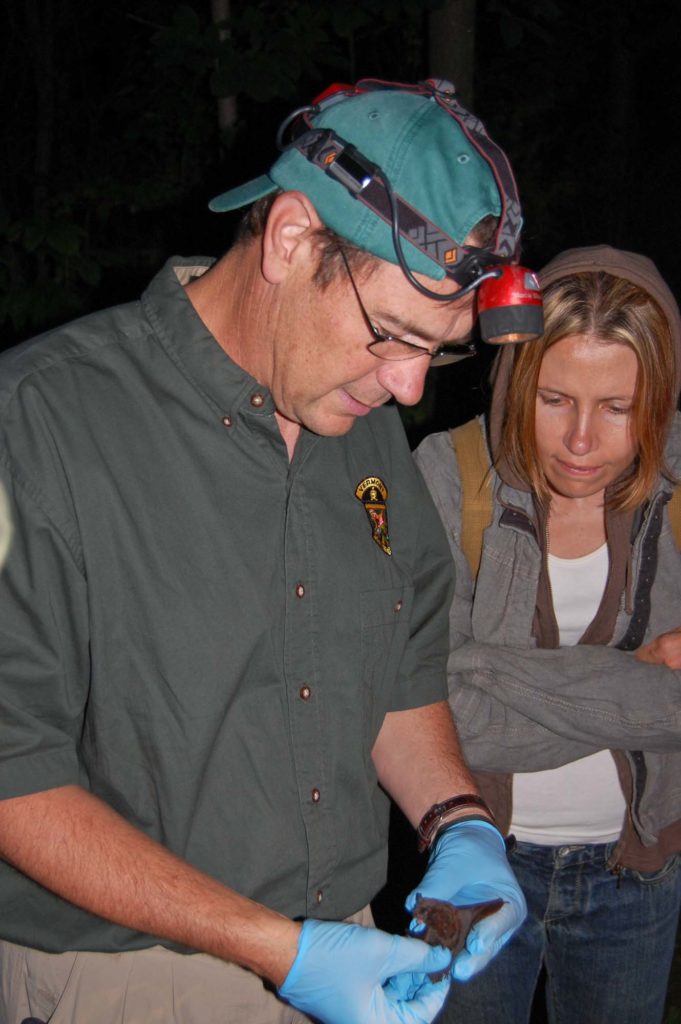There was fog in the Champlain Valley on Sunday night. At dusk I took a photo of the fog behind the house (Figure 1) and after dark started listening for bats with the Echo Meter Touch 2 bat detector plugged into my phone. During the next 45 minutes the phone recorded 70 bat calls. The fog became denser during the evening and was quite thick by 10:00 PM when bats were still calling (Figure 4). The phone app identified five different bat species including the usual suspects little brown bat, big brown bat, and silver-haired bat, but many of the calls were identified as Indiana bats or northern long-eared bats. That was the first time I had recorded more than a few Indiana bats or northern-long-eared bats anywhere other than at an Indiana bat maternity roosting colony. The phone app can confuse little brown, Indiana, and northern long-eared bats (they are all in the genus Myotis and have similar calls), but regardless there was a lot of bat activity on a rather foggy evening.
